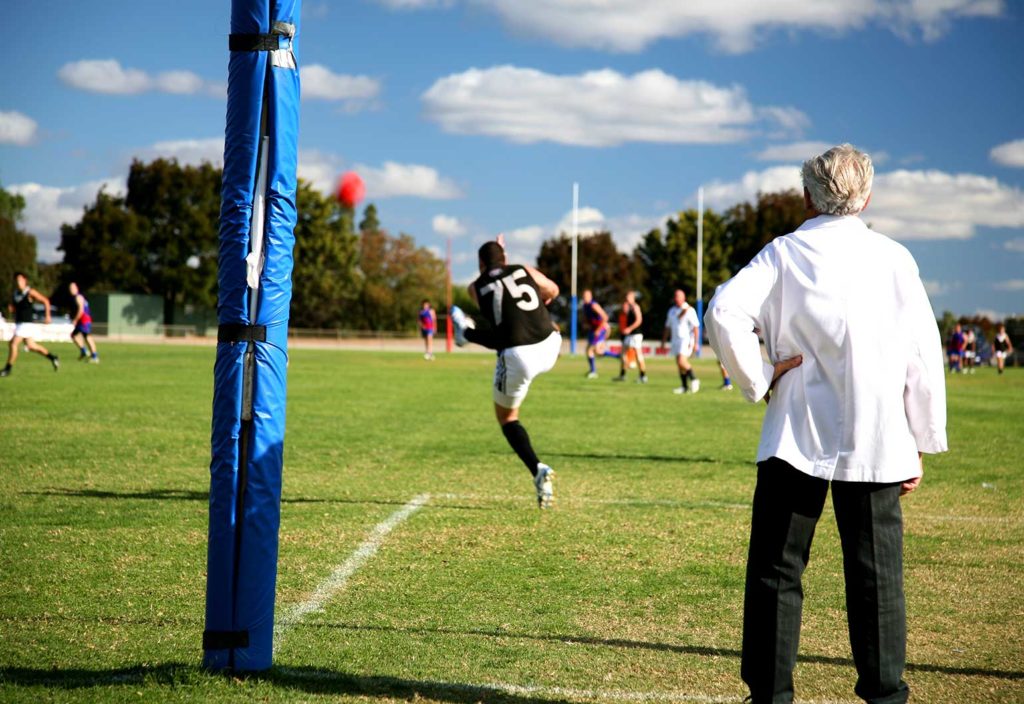It’s the gold medal Australia doesn’t want, but when it comes to devastating anterior cruciate ligament (ACL) injuries requiring reconstruction, we are world beaters. Now, a team led by University of Sydney engineers is looking to revolutionise the process and significantly fast-track recovery.
With the global market for tendon and ligament rupture repair said to be in the tens of billions of dollars, the team of biomedical engineering researchers, working with the Regenerative Engineering Laboratory at Columbia University and the FAU Erlangen-Nurnberg Institute of Medical Biotechnology in Germany, hope to improve the outcomes of tendon and ligament repair by developing a new synthetic scaffold for their regeneration.
Led by Professor Hala Zreiqat, Director of the Australian Research Centre for Innovative BioEngineering, the researchers are the first to create and patent novel fibre-reinforced hydrogel scaffolds, a synthetic substance that has the ability to mimic and replace human tendon and ligament tissue.
“Ruptures to tendons and ligaments mostly occur in accidents and when playing sport,” Zreiqat said.
“Worldwide and particularly in Australia, there is an immense clinical need for the development of readily available, off-the-shelf, mechanically strong synthetic tendon scaffolds.”
Ordinarily, an ACL injury requires reconstructive surgery and prolonged rehabilitation, with a full recovery period of about six to nine months. In the long term, almost all people who tear an ACL are at increased risk of osteoarthritis and disability.
“Until now, synthetic scaffolds have come with a significant risk of implant failure, as well as poor biological tissue integration and abrasion,” Zreiqat said.
“Our technology hopes to fast-track the restoration of tendons’ and ligaments’ mechanical function and support the growth of collagen tissue, without compromising the body’s biological response.”
The researchers’ synthetic scaffold features a stress resistance and water volume similar to real tendons and ligaments, which allows for the improved in-growth of collagen tissue.
“Conservative methods using immobilisation casts and movement restricting splints and braces often require several weeks of rehabilitation to achieve minimal functional recovery, while current implants carry a higher risk of rejection and infection,” Zreiqat added.
“Human tendons and ligaments are 70 per cent water – they are complicated structures that include blood vessels, nerves and lymphatic vessels and perform the task of linking bone to muscle and moving the body.
“For synthetic scaffolds to be accepted by the body, their physical and chemical architecture must align with human tendons and ligaments.”
Following successful testing on patellar tendon models in rats, the researchers now hope to investigate the long-term behaviour of these scaffolds in both internal and external bodily conditions, as well as to observe tissue integration and biomechanics in larger animal models.
